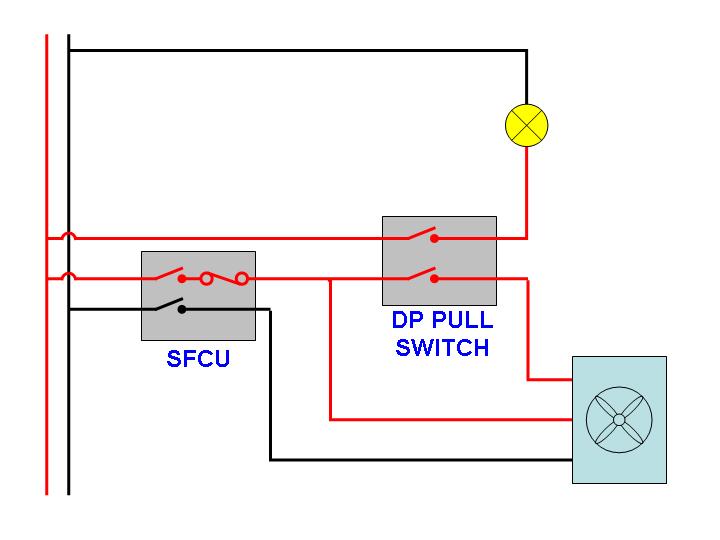If you look at the winding on a fan, they would not take 3 amp, the winding would burn out well before a 3 amp fuse would rupture, so if the fan is stalled the fuse will not protect it, there are two preferred fuse sizes 3 and 13 so if fitting a fuse it would be 3 rather than 13 when supplied from a 16 to 32 amp circuit, but in the main due to ceiling rose being rated at 6 amp lighting circuits are 6 amp, they could go up to 16 amp if no junction boxes or ceiling roses rated at 6 amp are used, but it is normally 6 amp for lighting. So in the main when supplied from lighting no fuse is used.
As to if supplying from lighting is the right move is another question, the fan does need an isolator as they do fail and if they fail you need to take it out of circuit so lights can be used. The regulations only require a fan if bathroom windows do not open, and where there is no natural light you can trigger the fan from the lights. However where there is a non opening window you must be able to switch on the fan without switching on the lights, any push button to trigger fan will also switch on lights even if only for a second, so if you want lights to trigger fan then it needs a two pole light switch so you can also have a push button for fan as well. So although switched with lights it is electrically isolated from them.
To me this seems to be a lot of work, a PIR to work fan seems far easier so it has nothing to do with lights being on or off, or of course a simple push switch. In mothers house we do have opening windows, but the building inspector said since ground floor and visitors to house would pass the windows in real terms they would not be opened so insisted we had a fan, however he did allow it to be only switched with the lights, as soon as he had gone the isolator was switched off, we do now use the fan to help dry the wet room after having a shower together with under floor heating, but never use it while having a shower as it causes too much of a draft, so in real terms there was no need for it to be on lights.
In my own house opening the window is not a problem, we don't have a fan and can't see any neighbours with fans although some should have fans as the windows have been made non opening when double glazing was fitted. It does seem very few follow the rules. I suppose the double glazing firms should have advised owners that they needed a fan with a non opening window, had they done that I suspect most would say fit an opening window, so I think the double glazing firm never told them a fan would be required!
I would say main reason for fan in a bathroom is to help it dry out, so today would not connect to lights. In a toilet there is another reason of course, but neither mine or mothers house has bathroom and toilet combined. OK there is a toilet in the wet room, but that's rather special only there because my mother is an amputee.
So if the work is not being inspected by LABC then I would simply connect to light if a toilet is fitted in the room, but if the LABC is involved you need to know the rules, and check what he wants, as said there was to rule book no need for fan in wet room, but LABC inspector insisted one was fitted.



